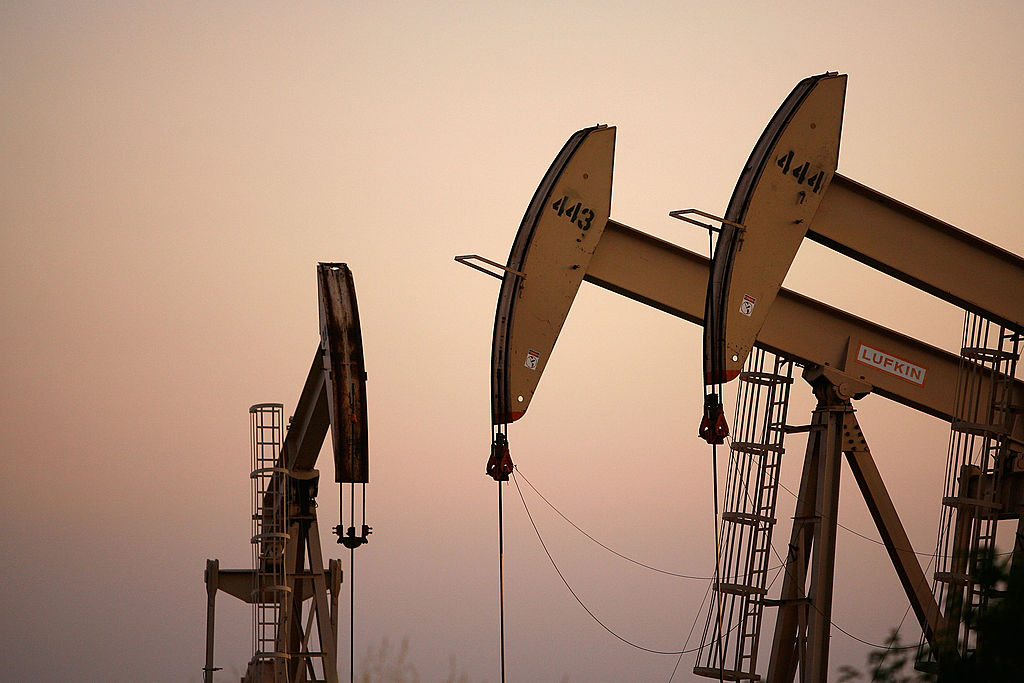Israel’s oil production is essentially negligible in global energy markets. The country produces around 20,000 barrels of crude oil per day—less than what the U.S. produces in ten minutes. And yet the attack against Israel and the outbreak of war in Gaza immediately drove up the price of oil as traders tried to account for the possibility that the crisis might grow and ripple. As of Tuesday, Oct. 17, the global benchmark for oil prices is up nearly 8% since Hamas first attacked Israel on Oct. 7.
[time-brightcove not-tgx=”true”]
Much has been written about the short-term effect of the crisis on energy markets—all of which is important given the fragile state of the global economy. But, to my mind, it’s worth pausing to reflect on the longer-term climate implications. In short, conflict in oil-rich regions and involving oil-rich states feeds the view for many investors and policymakers that the world must accelerate oil and gas investments—and those investments, of course, pose risks for the climate.
At the core of this is the price signal. For energy companies, the price of oil is often the single greatest determinant of profitability. Low prices mean that some companies will take a loss on each barrel they produce from high-cost sites. That, in turn, incentivizes the companies to slow their production. It also incentivizes investors to consider pulling their money from the industry. Just a few years ago, oil and gas companies faced declining share prices and steep losses because of low prices, which in turn helped fuel a backlash against them from investors.
A version of this story also appears in the Climate is Everything newsletter. To sign up, click here.
Since the Russian invasion of Ukraine, higher prices have meant that a greater swathe of fossil-fuel projects are profitable. That makes oil companies a desirable choice for investors looking to maximize their returns. It also tempts companies to invest more in new projects, some of which may be around for decades. ExxonMobil, for example, said last week that it would spend nearly $60 billion to buy Pioneer, a giant in oil drilling in the Permian Basin, a transaction that’s hard to imagine happening two years ago.
It’s not just a financial discussion. The spike in prices that has resulted from the Israel-Gaza conflict won’t necessarily be sustained for years or even months, but the uncertainty that surrounds it feeds the argument that we need more fossil fuels to ensure a reliable energy supply at an affordable price. It’s perhaps too early to see this narrative emerge from the latest conflict in the Middle East, but the talking point dominated discussions following the Russian invasion of Ukraine last year. “The issue of how we best move toward a lower carbon energy system is one that is getting reframed,” said Mike Wirth, the CEO of Chevron, at the CERAWeek energy conference earlier this year. “Affordability and energy security actually do matter, and so I think the discussion is moving to a more balanced state.”
It’s certainly true that governments need to consider energy security and the cost of energy—and that geopolitical conflicts elevate those considerations. But there are other ways to address those concerns beyond plowing money into oil and gas. In Europe, the energy crisis sparked by war in Ukraine galvanized countries to use energy more efficiently. At the highest levels, the European Union called on member countries to find ways to cut energy consumption. And policymakers around the globe highlighted the potential for an accelerated energy transition to cut oil demand. Building out renewable energy—as well as energy storage and low-carbon fuel technology—will inevitably leave the world less vulnerable to energy crises.
Ultimately, as long as the world depends on oil to some degree—and it’s hard to imagine a world that doesn’t in the coming decades—we’re going to be vulnerable to price volatility. But it’s important not to lose sight of the long-term trend: we may need oil now, but as the International Energy Agency (IEA) forecast for the first time last month, fossil fuel demand will peak before 2030.
In 2021, when oil prices were relatively low, I asked IEA head Fatih Birol how he thinks about oil prices amid the transition. “As demand goes down, the price of oil will also go down. This is the basic rule,” he told me. “Between now and then there will be a lot of volatility, but the direction of the transition will not change.” It’s worth remembering that in moments like these.

